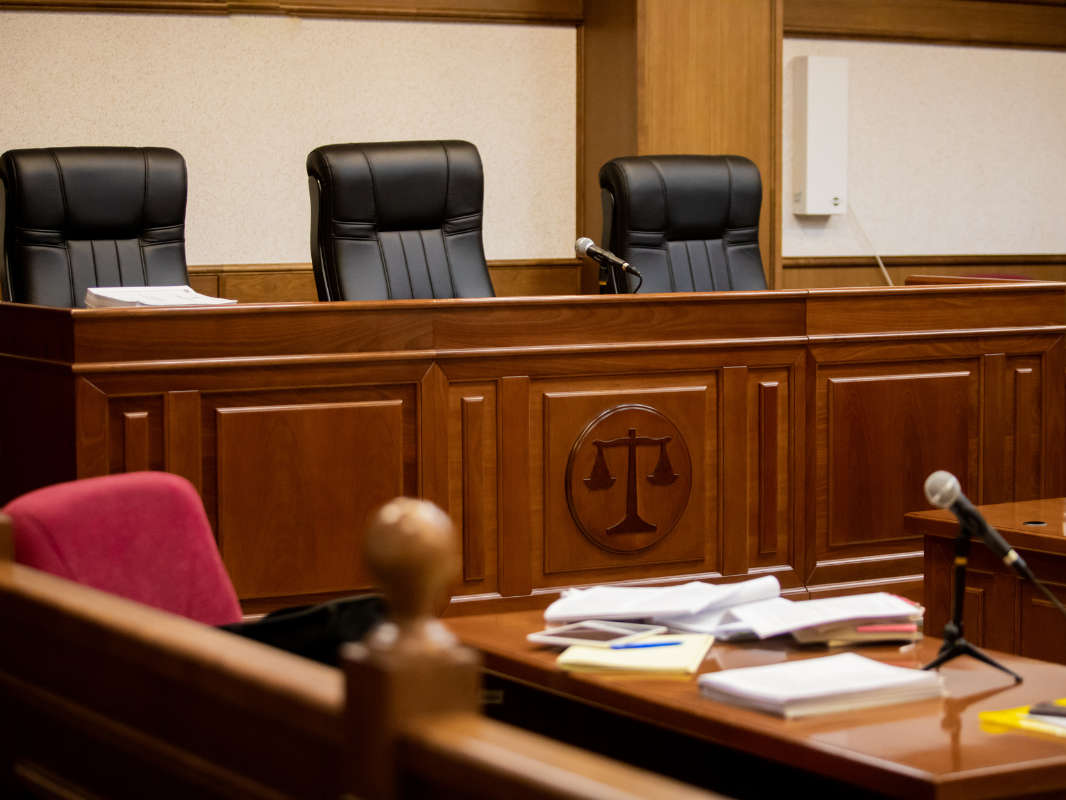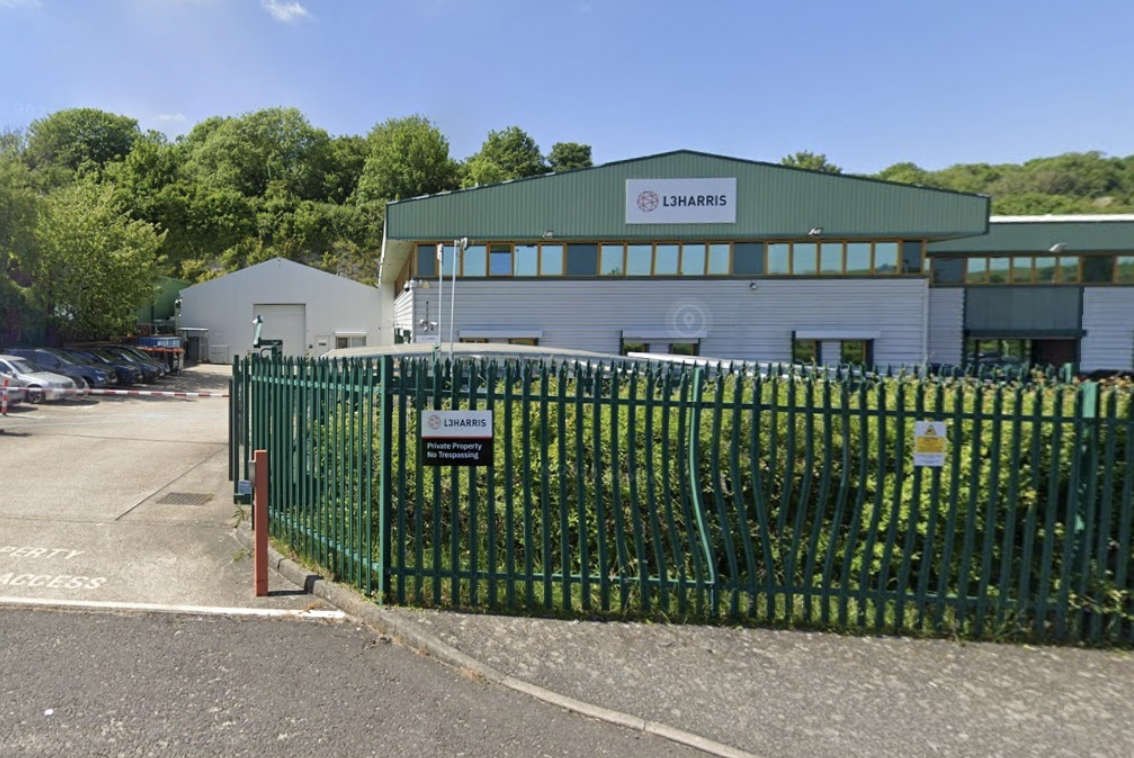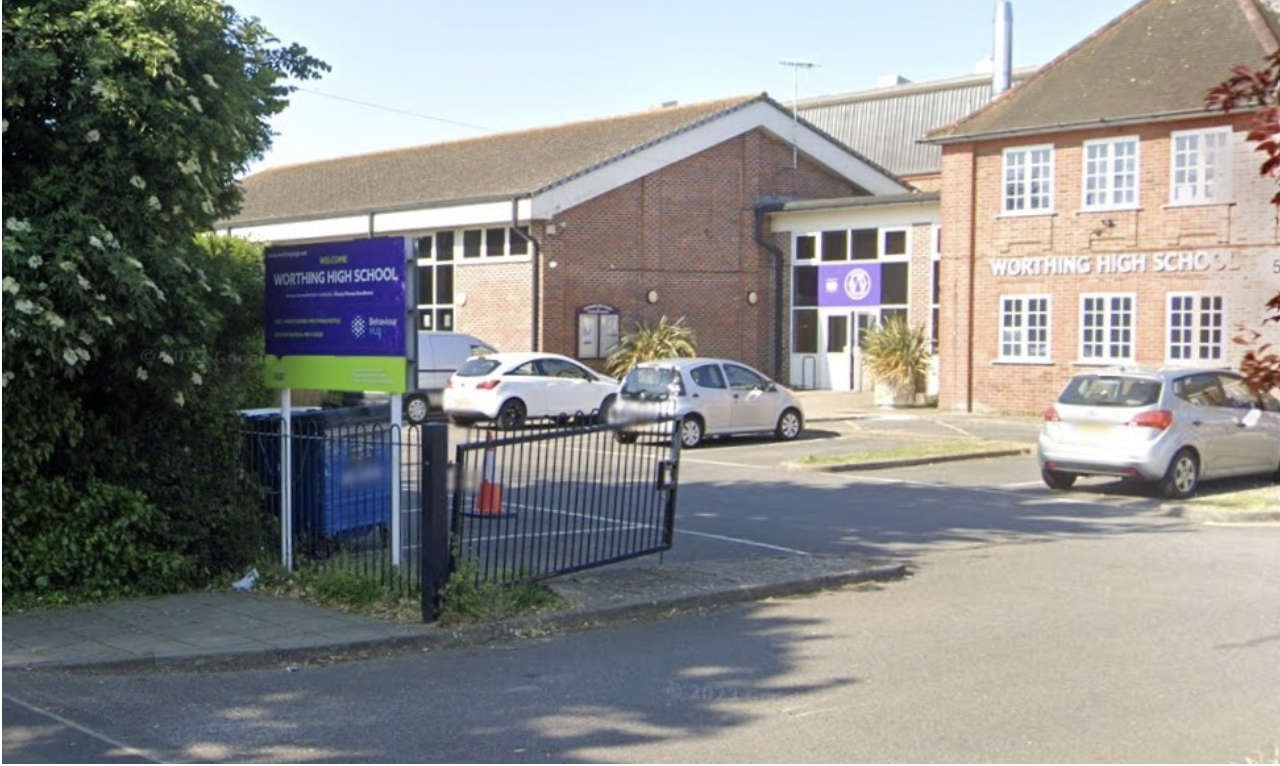
A decision to allow 475 homes to be built on Worthing countryside was scrutinised by the High Court this week.
Worthing Borough Council is appealing a planning inspector’s decision to allow 475 homes to be built at Chatsmore Farm.
Also known as the Goring Gap, it is an area of countryside that the council considers an important green space and it does not want to see development there.

An initial hearing took place on Wednesday (20 July) at London’s High Court.
The court will not decide whether the development is right or not – only whether or not the planning inspector made the right call when he allowed it on appeal.
What happened on day one?
A significant part of day one was spent discussing the extent of ‘harm’ to the South Downs National Park – something developer Persimmon and the council disagree on.
Ms Isabella Tafur represented the council at the hearing, with senior planning officer Gary Peck watching on from the back of court 18.
Mrs Justice Lang – who will make a decision on the case – recognised that the inspector’s wording suggests there could be ‘some harm’ to the setting of the national park, as argued by Ms Tafur.
“One of the special qualities of the South Downs National Park is its breathtaking views and one such view is from Highdown Hill,” Ms Tafur said.
“The inspector didn’t accept the council’s view that the impact on views would be substantial – he accepts they would be moderate.
“Yet he concludes the setting of the national park would not be materially affected.”
Ms Tafur also argued that the inspector should have given more weight to the council’s new planning policies – its ’emerging local plan’.
This, she claimed, would make the inspector’s decision ‘premature’ and risked ‘undermining the plan making process’.
The council attempted to give Chatsmore Farm protection as a ‘green gap’ but the inspector ruled that it currently has ‘no formal protection’ as the new plan has not been formally adopted.
But the council argues that the plan is ‘advanced’ as it was scrutinised by a different planning inspector last year who suggested only minor changes.
Ms Tafur argued that if the new plan was given proper weight, it would have shown the site to be protected from development.
“Even if every blade of grass was developed in Worthing it still would not meet its housing targets,” said Ms Tafur, “Yet the local plan inspector didn’t ask the council to go away and consider more sites.”

At this point, Mrs Justice Lang pointed out that the local plan has not been adopted yet and she ‘didn’t see anything preventing the inspector taking the approach he did’.
What does the secretary of state say?
There is debate over how much protection the land actually has and if this is outweighed by an ‘exceptional need’ for housing.
This is a key part of the secretary of state’s case because WBC recently failed its housebuilding target by more than 1,400 homes.
Therefore, the secretary of state and Persimmon say the inspector made the right call, as he decided that any harm caused would be ‘outweighed’ by the demand for housing.
Hugh Flanagan, representing DLUHC, said:
“There has been no error; the inspector has addressed the substance of the planning issues.
“The outcome absolutely could’ve been no different.”
Mr Flanagan argued that there is currently no extra protection for the land.
“In the adopted local plan there is no green gap policy, there is no green space policy,” he said.
Mr Flanagan also argued that views from the national park would not be ‘substantially harmed’.
What does the developer say?
Paul Cairns QC is representing Persimmon.
“There is an exceptional need for housing,” he said, “this was given weight on the highest end of the spectrum [by the inspector].”
Mr Cairns argued it was not possible for the inspector to know the ‘final form’ of the new local plan as modifications were still being made ‘some six weeks after his decision’ and therefore he could not give it more weight.
When asked by Mrs Justice Lang if he recognised that the inspector’s decision might imply some harm to the downs, Mr Cairns said:
‘Yes, of course’.
What happened on day two? (Thursday (July 21)
During the hearing, a fair amount of time was spent describing the local area.
Mrs Justice Lang at one point asked if Worthing is between Winchester and Eastbourne.
On the second day, the court scrutinised a document considered by the planning inspector at a public inquiry in January.
The document was commissioned by developer Persimmon and supported its view that the 475 home development would not have a substantial impact on the setting of the South Downs National Park.
It also concludes that the site does not meet national criteria for being protected as a green gap.
The Department for Levelling Up Housing and Communities and Persimmon wanted the judge, Mrs Justice Lang, to consider it.
This is because both the defendants believe it gives context to the planning inspector’s appeal decision.
But Isabella Tafur, who represented the council at the hearings, was not happy for the document to be considered.
It makes different conclusions to those in the council expert’s report which argues that Chatsmore Farm ‘makes a substantial contribution to the sense of openness and separation between the settlements of Goring by Sea and Ferring, with uninterrupted views to the national park’.
“If there’s any harm to the South Downs National Park then that’s material, that’s relevant,” Ms Tafur argued.
What happens now?
At the end of the hearings, Mrs Justice Lang announced that she will ‘reserve judgement’. This means that a decision will be shared at a later date.
This, she says, is to give her time to consider all the details in the case – which is understandable when you consider that the bundle of evidence before the court had approximately 500 pages.
The council’s planning policy officer, Ian Moody, watched the hearing in court 18 on Thursday.
He said that he hadn’t seen a planning application reach a High Court appeal in his more than 20 years in the profession.
He said several councillors and Worthing groups wanted to follow the hearing and were surprised when it wasn’t live-streamed.
A High Court spokesperson earlier told the Local Democracy Reporting Service that the hearing could not be live-streamed as the courtroom does not have the necessary equipment.
This ultimately meant that a number of those with an interest in the case were unable to view the hearings first hand as they did not travel to the court.


 Event Bookings Go Live For Worthing Festival ‘24
Event Bookings Go Live For Worthing Festival ‘24
 Man Charged After Throwing Brick Through Brighton Restaurant Window
Man Charged After Throwing Brick Through Brighton Restaurant Window
 Peacehaven Man Disqualified Over High-Speed A27 Pursuit Near Brighton
Peacehaven Man Disqualified Over High-Speed A27 Pursuit Near Brighton
 Appeal After PCSO Assaulted In Uckfield
Appeal After PCSO Assaulted In Uckfield
 Man Charged With Rape Of Teenage Girl In Newhaven
Man Charged With Rape Of Teenage Girl In Newhaven
 Overnight Closures For A22 Forest Row Road Improvements
Overnight Closures For A22 Forest Row Road Improvements
 Brighton Defence Manufacturer's Controversial Planning Application Likely To Be Heard
Brighton Defence Manufacturer's Controversial Planning Application Likely To Be Heard
 Over £2.4m Approved For Worthing School Support Centre
Over £2.4m Approved For Worthing School Support Centre
 Section Of M25 To Close Again Tonight - As Drivers Warned Not To Get Complacent
Section Of M25 To Close Again Tonight - As Drivers Warned Not To Get Complacent
 Plans For 800 New Horsham Homes Refused
Plans For 800 New Horsham Homes Refused